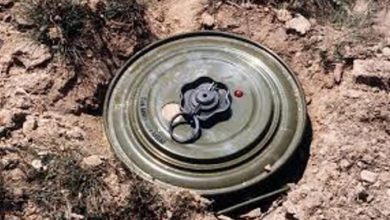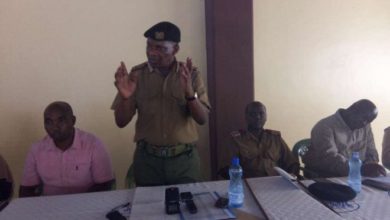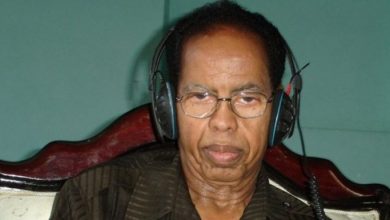Somali Government Signs up to Western Indian Ocean Ecosystem Initiative
Somali Government Signs up to Western Indian Ocean Ecosystem Initiative
The Government of Somalia has this week signed up to a regional marine partnership initiative to ensure the sustainability of the livelihoods, environment and resources of the Western Indian Ocean. Eight other countries in the region are taking part in the initiative – Comoros, Kenya, Madagascar, Mauritius, Mozambique, Seychelles, South Africa, and Tanzania.
The initiative, called WIO LME SAPPHIRE (Western Indian Ocean Large Marine Ecosystems Strategic Action Programme Policy Harmonization and Institutional Reforms) was developed by the nine countries with support from the United Nations Development Programme (UNDP) and financed by the Global Environment Facility (GEF).
The project aims to improve coordination and policy knowledge in the region, to protect marine ecosystems and coastal livelihoods and increase engagement of coastal communities and the private sector in sustainable resource management. The initiative also aims to increase early warning and disaster response system capacity in each country.
It will be implemented under the 1985 Nairobi Convention which came into force in 1996. The Nairobi Convention is a partnership between governments, civil society and the private sector, that is working towards a prosperous Western Indian Ocean Region with healthy rivers, coasts and oceans.
Abdirizak Mohamud, Director General of the Office Environment of the Prime Minister of Somalia, said the Somali Government is pleased to sign up to the landmark project. “We look forward to working with the Governments of the region and with the Nairobi Convention, UNDP and GEF to ensure the sustainability of the marine communities, livelihoods and resources of our joint ecosystems” he said.
The Western Indian Ocean Region covers approximately 22.3 million square kilometres and includes the Agulhas and Somali Current Large Marine Ecosystems (ASCLME) which stretch from the Comoros Islands and the northern tip of Madagascar up to the horn of Africa (Somali Current), and from the northern end of the Mozambique Channel to Cape Agulhas in South Africa (Agulhas Current). Over 160 million people live in ASCLME countries and approximately 55 million live within 100km of the coast, with a high reliance on coastal and marine resources for food security and livelihoods.
Research published in 2012 has shown water quality degradation, destruction of marine life, habitats and resources across the Western Indian Ocean, pointing to the need for urgent action in the area.
At over 3,025 kilometres, Somalia has one of the longest coastlines in the region.
For the latest news update please visit Saafifilms.com For more entertainment visit Saafistudio.com





